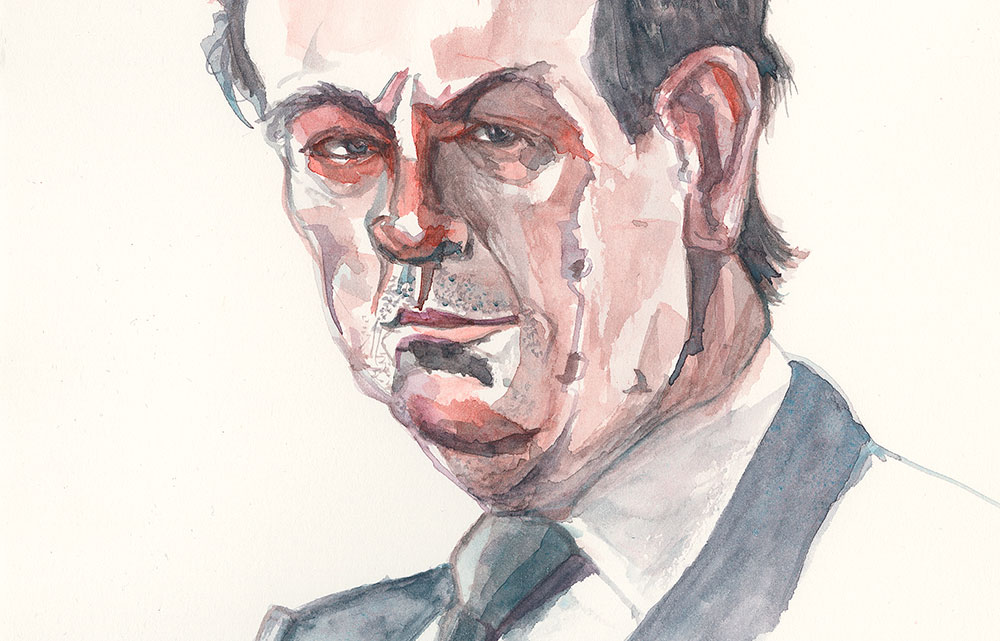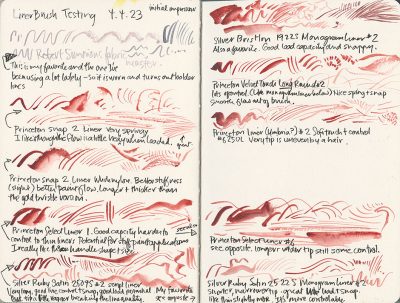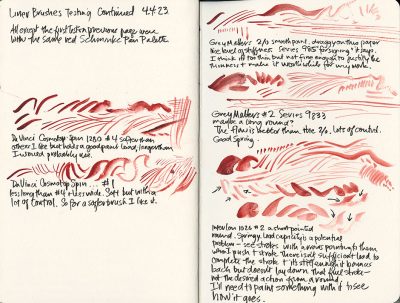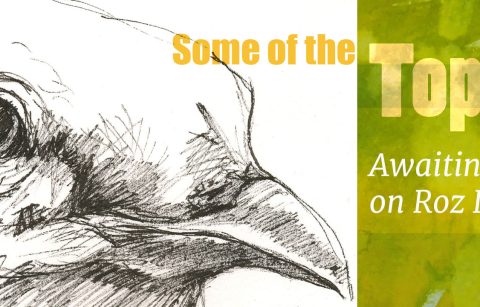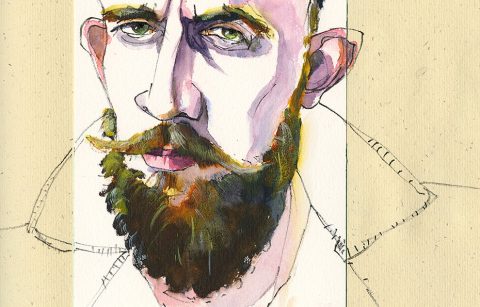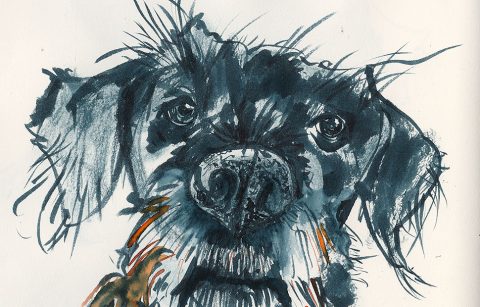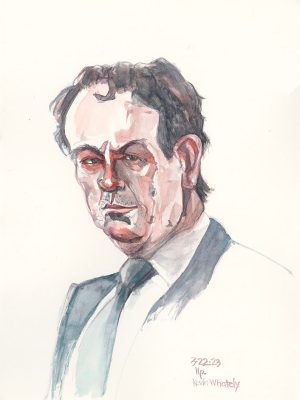
Most of you might not want to wait until I finish testing all the liner and rigger brushes I’m going to be testing to hear which is my favorite. Frankly I don’t know how long this project is going to take me.
So in the interim I’m posting my initial test sheets (which are two page spreads in a Handbook 140 lb. watercolor journal. (Purchased pre-Covid, the pages don’t have the weird wood smell the newly purchased ones do.).
This first round of tests is not in anyway definitive.
I frequently find that first impressions of brushes are the best to go by. I always want to make my selection decisions based on what the brush does when it’s in my hand and I’m actually painting a subject and working in my normal fashion.
But preparatory to that phase, and to maybe weed out really horrible brushes (which I didn’t find, just one unsuitable for the present task) I find this type of task is useful.
What I’ve done, to remind myself, but also so you know what I’m looking for or reacting to, is mentioned how the flow of the brush is, how much it can hold in its belly, that type of thing. I’m also looking closely at how snappy the brush is because I love a snappy brush, especially in a liner/rigger.
Before we go into the initial test, here’s a close up of the Whately portrait so you can get a better idea of how I’m using the liner both to pull long lines, and to use the side of the brush to pull shading and color into an area.
Because I was using the older brush and it was getting pretty worn at this point I did also do some passages of paint with the leading 1/3 of the brush, after over filling it. It was late and I wanted to get finished and go to bed. Sigh.
Preliminary Test Sheets
Remember, the comments on the chart below are my first impressions and my guidelines for what I might try to push the brush to do in testing. I’m not making any recommendations at this point.
Here’s the first spread.
On the bottom of the verso page I write “tip a little ragger” and that should be “ragged.” I couldn’t get a nice fine line from the tip the way I would have liked, either pulling a line or going in with the tip only.
You’ll also see that at the bottom of the verso page I write “My favorite, see opposite” and have an arrow. My favorite is the Silver Ruby Satin 2522S Monogram Liner #2. It probably is still my favorite. Previous to these tests (which I just woke up one morning and decided to do!) it and the Robert Simmons Fabric Magic were my two go-to rigger/liner brushes.
Silver Bristlon brushes are ones I tend to use with acrylics and often with gouache. I test one here. It’s at the top of the recto page.
Below is the second spread.
On this page spread you’ll see the Grey Matters brushes I’m going to test. I tend to use that line of brushes (especially the filberts) for gouache painting.
I also test the Cosmotop Spin and you can see my painting testing that brush in my post from Monday, April 17, 2023.
Snap is important to me not only because I work with gouache and need the extra “firmness” that gouache-suitable brushes provide to move thicker paint around, but also because I frequently work with watercolor in an opaque manner, simply by using very little water with it. Then too I need the stiffer brush to push the paint around.
If you work with watercolor using only transparent washes then snap may well be low on your priority list of brush characteristics. You’ll look for how much the belly of the brush holds (water and paint load). Because putting down long even lines of color will be a high priority.
Where to Start Your Own Testing?
Maybe the past few blog posts with direct brush painting using liner brushes is intriguing to you. Maybe you’re wondering what you can do with such a brush? Perhaps you’re ready to start experimenting but don’t know where to start.
I suggest you look over my list of brushes on my test sheets to see if there are any brush brands you already use. If there is a brand, and a line from that brand that you already use with confidence, even better. Start there.
Just get one brush that is from a brand and line you’re comfortable with in your painting work and start testing. You don’t need to do direct brush paintings like I’ve done, I’m just trying to speed up my comfort level with, and knowledge of, what the brush can do. You might just start using your test brush once a day to do some early marks in your painting, and later add some details painters usually make with liner brushes.
In the process note how much paint it holds, i.e. how many lines or how long a line you can create with it as you work? Recharging a brush is something we all have to get used to, and live with, but we all have different levels of tolerance for how often we are recharging a brush. Learn your tolerance and pick your brushes appropriately.
Next note how the brush moves on both hot and cold press papers (rough too if you use that surface). Does the brush skip? Stiffer brushes won’t reach down into the texture of the paper without some extra pressure. A floppy brush fiber might reach down into the texture better—but if too floppy it will be difficult to control. Keep that in mind. What look are you trying to achieve?
Also note if the tip of the brush gets caught up in the paper texture when you do a sudden change of direction. You can pretend you never do that, but we both know you do, we all do. Own it. And take note of how the brush you’re testing reacts. Maybe you can live with that reaction, maybe you can’t. Maybe the brush hairs splay out at such moments and don’t come back into a uniform tip quickly? Note what happens.
It’s also helpful to keep an actual tally of the time you spend painting with a new brush. So if you spend 15 minutes sketching with it at the beginning of your session and use it another 5 to 10 minutes for details at the end, write that all down, each time you paint with it. When you’re ready to decide what you like about the brush you’re testing exact information on how quickly it wore down can be an additional factor to take into consideration. I use a lot of small brushes that last only in the execution of a single detailed painting. I see them as part of the cost of making that type of painting, of getting the look that I want. I would never use expensive sable brushes for those tasks. That wouldn’t be in my art budget, yes; but additionally they wouldn’t give me the response that I want—there are some things that synthetic brushes have evolved to do very well indeed. Others not so much—it’s our task as artists to find which brushes support our vision. For some people this task is drudgery; but I prefer to think of it as play. It’s worth it to identify the right tool for the painting I’m anxious to make.
OK, you’re all set, off you go. Get some painting done.



















